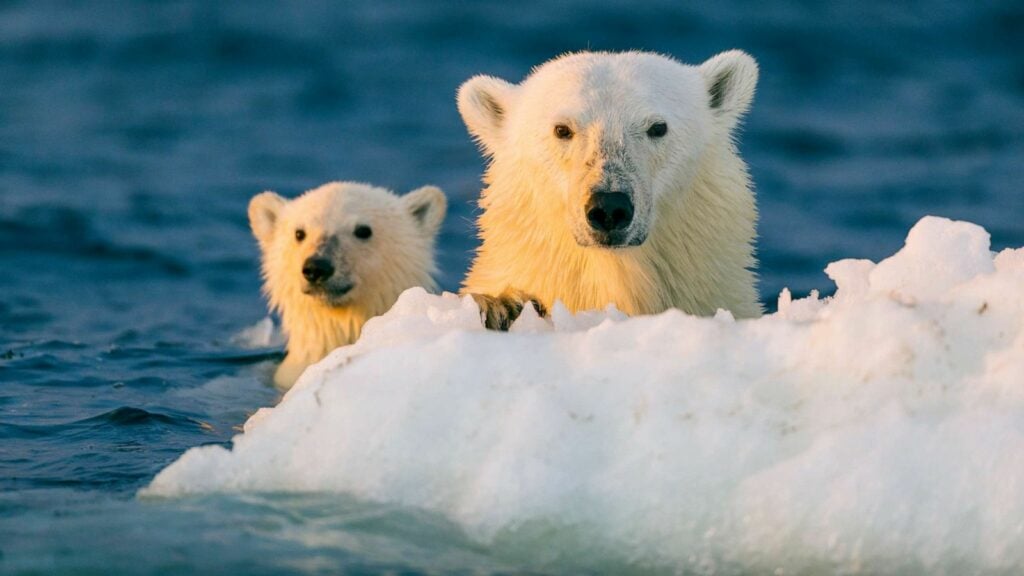Mostly native to the Arctic regions, where they’re well-adapted to its seasonal changes and the behavior of seals, polar bears thrive on its sea ice. Sometimes though, a polar bear ends up far from its habitat, arriving at Iceland from venturing on drifting sea ice.
Ever since human settlement, Iceland has had 600 polar bear visits. Recognized as a vagrant species, polar bear encounters in Iceland pose as a threat to the safety of both humans and animals.
How Did Polar Bears Arrive in Iceland?
Labeled as vagrant animals, polar bears in Iceland are well outside their native area. As ice sometimes carries the marine mammal from Greenland, there have only been a few rare sightings of polar bears throughout known history.
The Icelandic Institute of Natural History reports 600 polar bears since human settlement on the island. The number remains indefinite as reports on polar bear sightings and their encounters with humans weren’t always consistent in the past. The last recorded polar bear encounter occurred way back in July 2016 at Hvalsnes in North Island.
Sea ice is a significant determiner as to where and when polar bears arrive in Iceland, given the direct correlation between bear encounters on land and the dispersal of sea ice surrounding Iceland. With that said, the northeast and north of Iceland report the most polar bear sightings. (Source: Icelandic Institute of Natural History)
As the Icelandic population considers polar bears and Iceland, their response to bear sightings acquired widespread, global recognition. After two high-risk polar bear visits in 2008, the Minister of Environment in Iceland installed a task force to tackle their struggle with how they should respond to the dangerous bear-related incidents.
The experts stated that a polar bear encounter far from their native habitat poses a fatal threat. The task force recommended the killing of polar bears in Iceland land as they terrorize the safety of both humans & animals and that a rescue operation would cost them millions. (Source: Iceland Monitor)
Do Polar Bears Only Live in the Arctic?
Most polar bears are native to the Arctic region’s coastal areas and on the sea ice, where they thrive as they’ve adapted very well to life in the north. The predators venture throughout many regions in search of food, adept to the sea ice’s seasonal fluctuations.
Polar bears are skilled in determining the location of seals, whether they forage or breed. The large mammals have synced their way of life to seal behavior and seasonal changes. (Source: Icelandic Institute of Natural History)
Another vitally important food source in most areas are seal pups that are born and live in dens in the Arctic ice. The polar bear identifies these dens by smell and other markers and pounces though the roof of the den to capture the young seals.
National Wildlife Federation
Although most of the polar bear population resides in the North Pole, some polar bear populations have made their way to the south of the Arctic Circle in Manitoba, Canada’s Hudson Bay. Polar bears also live in Greenland, Russia, Alaska, and a few of Norway’s northern islands. (Source: National Wildlife Federation)
